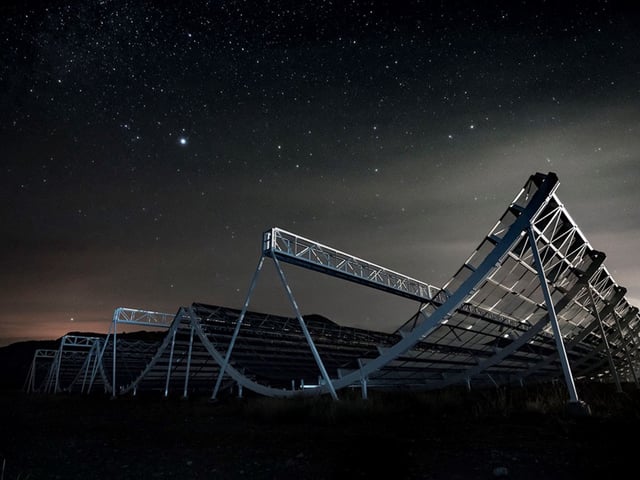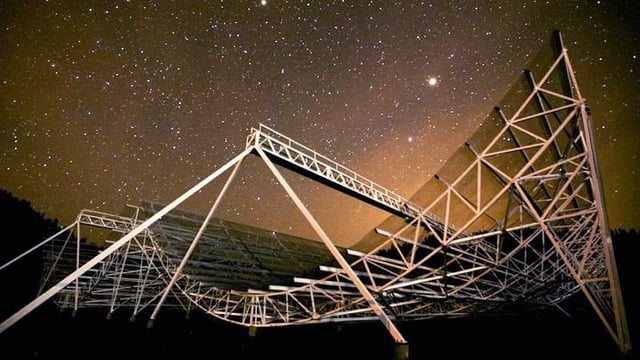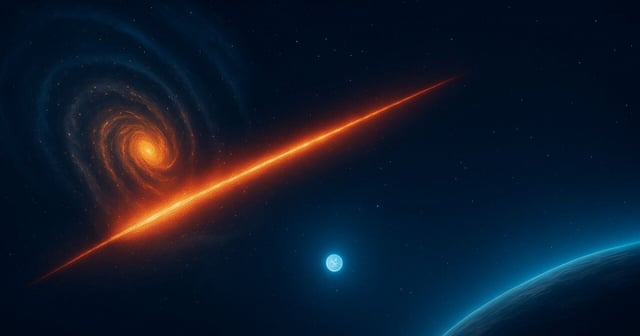Overview
- The March 2025 burst, dubbed RBFLOAT, lasted milliseconds yet released energy comparable to four days of the Sun's output.
- Researchers traced the signal to a spiral arm of the galaxy NGC 4141 about 130 million light-years away in the direction of Ursa Major.
- The position was constrained to about 13 parsecs, or roughly 42 light-years, an unprecedented accuracy for a one-off FRB.
- CHIME in Canada, working with a network of Outrigger timing stations and optical and X-ray follow-up, enabled the precise association with the host galaxy region.
- Data place the source within a massive star-forming neighborhood, supporting a magnetar origin as a leading explanation, though the progenitor remains unconfirmed.


